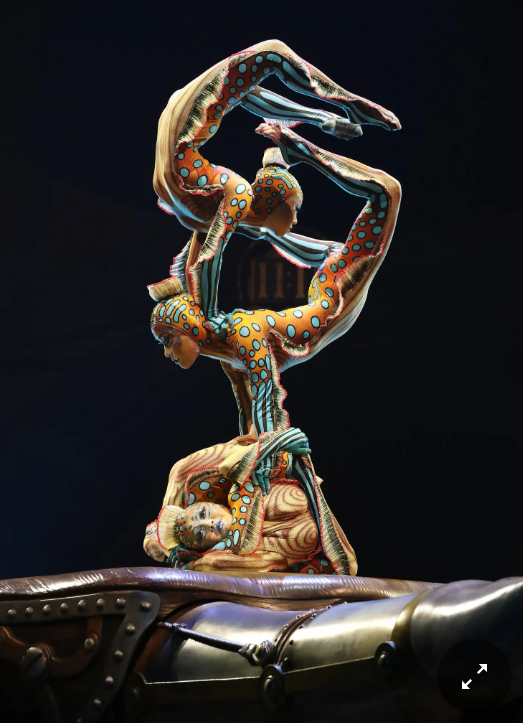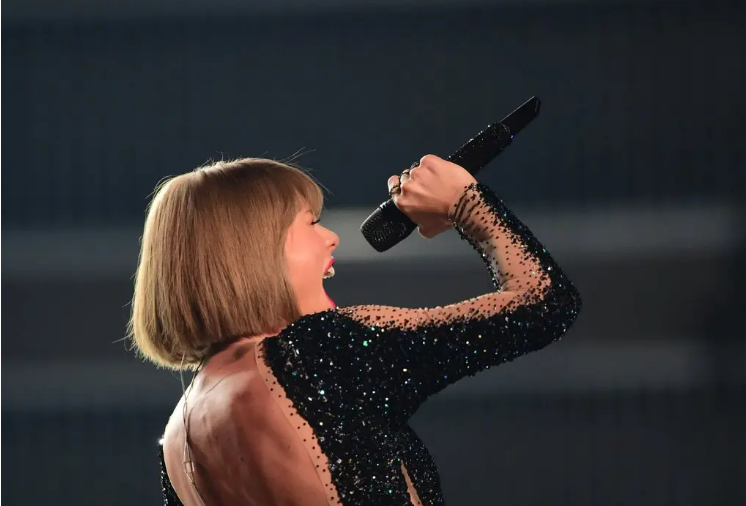Matthew Lamberson, age 17
New Jersey isn’t famous for astounding artistic works, but sometimes art doesn’t need to be good to draw attention. Consider Congo the chimpanzee, whose paintings sold for over $20,000 and were proudly displayed by Pablo Picasso. If there’s an architectural equivalent of this, it is certainly the Meadowlands Xanadu. At least Congo didn’t need billions of dollars, seventeen years, and two other chimpanzees to complete his project.
Xanadu, located in East Rutherford, New Jersey, was first drafted in 2002 by the Mills Corporation, which was known for large malls with an abstract or modern style. Within five years, Mills had gone bankrupt and the property was sold, but not before they could bestow upon it their signature bizarre architecture and color palette. The mall changed hands a few times and remained at 80 percent completion until 2017, and it is now projected to open in 2019.
Visually, the most egregious of Xanadu’s many design flaws is the color scheme, which at least takes on the uniquely New Jersey look of a pile of Cape May cottages after Hurricane Sandy. Some sides of the mall have a seemingly random array of white and blue, giving it the appearance of a large cargo ship stacked with shipping containers. Other walls are painted with alternating stripes of yellow and maroon, which closely resembles rust and gives the building a decrepit air. Some walls aren’t painted at all, and a stark contrast is formed between the Brutalist look of the concrete and the otherwise chaotic palette. With these features combined, Xanadu actually resembles nearby Newark harbor, which is brimming with fading cargo containers, rusty barges, yellow marsh grass and unimaginative concrete.
Unfortunately, it is difficult to fully grasp Xanadu’s interior design without trespassing, but if the outside is any indicator, it is certainly doozy. The building has a nearly triangular shape with one parking garage in the middle and three surrounding it, meaning traffic in the area, especially with MetLife Stadium next door, will be a nightmare. Frankly, the best thing about the design is that the mall will never run out of parking spaces, considering it has over 28 lots and four garages. The open triangle shape also doubles the amount of time required to move from one side of the building to the other (assuming shoppers don’t want to dodge the aforementioned horrendous traffic on foot). Xanadu may even have problems on a purely structural level, as several serious cracks appeared following heavy snow in 2011.
To summarize:
There once was a mall named Xanadu.
Fans of its style were few.
It had costs astronomical,
ugliness comical,
and design by Mr. Magoo.

